A few years ago I interviewed an eminent baroque conductor. Prickly and professorial, tired after a day of rehearsals, he batted question after question away until we landed on the subject of French baroque opera. No longer disinterested, now he was furious. He’d recently had a conversation with a major UK opera house, who had decided never again to stage anything by Lully, Rameau or Charpentier. Why? ‘It doesn’t sell.’ Since then we’ve had precisely one professional production of this repertoire in this country.
It’s not the first time that English audiences have been suspicious of foreign imports. Back in the 18th century, when the cultural invasion came from Italy, feelings on this subject ran high. ‘[The Italians] are Idolators of Musick,’ wrote one anonymous pamphleteer, ‘an effeminate Nation, not relishing the more masculine Pleasures. Their Drama is little better than a continue’d Song… But in England, where our Passions are more manly, I see no more reason for following ’em in this custom than in their Dress, or romantick way of Intriguing.’
Masculinity, it seems, was everything. Could you even call yourself a man if you took your pleasure from effete, sugary Italian opera rather than the meat-and-two-veg heroic couplets of Dryden or Pope?
Three hundred years later this question may not be voiced out loud, but it’s still there just beneath the surface. What sets Handel’s operas — never more popular or more frequently staged in the UK — apart from those of his neglected French contemporaries? Firstly it’s dance. We’ve learnt to endure, even enjoy, the ‘continued song’ of Italian opera without too much discomfort, but French opéra-ballets, where storytelling comes with pointed toes and arched wrists, are another matter.
And then there’s the question of tone. There’s something slippery, queer about French baroque’s easy transition from decorative vacuity to heartbreak and back again. Rameau in particular dissolves genre; his stories slip seamlessly between courtly comedy and tragedy. Brought up on the unequivocal clarity of Carmen on the one hand and Barber of Seville on the other, this makes us uncomfortable — the same reason that keeps the ambiguous Cosi fan tutte from the popularity of Figaro.
But with lockdown all cultural bets are off. Instead of watching whatever our opera houses can sell, we get to choose from a vast catalogue of digital performances, to eavesdrop on what’s happening in Europe and beyond. And what’s happening is a startling amount of French opera. It’s perfect timing, because — whether we know it or not — we’ve never needed it more.
No one understood ennui quite like Louis XIV and his courtiers, nor sought diversion, distraction, sensation more urgently and more extravagantly. Our domestic cages might not be as elaborately gilded as Versailles, but the effect is the same, as is the need for divertissement that comes dressed in gold shoes and powdered wigs, and liberally sprinkled with cherubs.
If you’re looking for a starting point, look no further than the production that started it all. When William Christie and Jean-Marie Villégier staged Lully’s Atys at Paris’s Opéra-Comique in 1987 they reinvented a tradition, restoring not only a repertoire but a period style that has shaped everything since. So exquisite were the Louis XIV designs that American businessman Ronald P. Stanton, despairing of ever again seeing anything so beautiful, paid for it to be revived in 2011.
That revival was filmed, and what a delectable treat it is — unabashedly authentic in choreography and costumes, with a Pirandello-style twist to its Prologue that keeps it palatable to modern eyes. Stéphanie d’Oustrac blazes as vengeful goddess Cybèle, hopelessly in love with Bernard Richter’s boyish Atys, while Christie’s pit conjures colour after colour from chameleon woodwind and strings.
But if Atys is the opening gambit, then Michel Fau’s Dardanus for Bordeaux is the tongue-in-cheek comeback. Carefully exaggerated, his 2015 production of Rameau’s tragédie en musique pairs storybook visuals, flattened into gorgeous two-dimensional fantasy, with the occasional playful anachronism. Toile-de-Jouy shepherdesses jostle with diaphanous nymphs, goddesses descend on painted clouds, but it’s all done with a theatrical smirk. Fau has his cake, and lets us eat it too.
Completing the cycle, miles from Villégier’s perfect period world, is the ragged modernity of Sidi Larbi Cherkaoui’s Les Indes Galantes. Originally staged in Munich in 2016, this production creates Rameau’s sequence of exotic landscapes out of a school gymnasium, a few blankets and boxes. Unusually coherent, Cherkaoui’s staging sees characters return across all four episodes, creating a topical backdrop of conflict, war and displacement against which Rameau’s sequence of lovers make their unlikely connections.
If that sounds too earnest, it doesn’t feel that way at all thanks to the fluidity and beauty of its gestures. Whirling blankets become fluttering butterflies; a man with a mop stretches, slumps and falls into an intimate pas-de-deux; a huddled church congregation are transformed into a crumbling mountain. Without a single special effect or a glisten of gilding Cherkaoui finds the same breath-catching wonder Louis XIV and his courtiers were chasing. Who wouldn’t want to buy a piece of that?
Got something to add? Join the discussion and comment below.
Get 10 issues for just $10
Subscribe to The Spectator Australia today for the next 10 magazine issues, plus full online access, for just $10.
You might disagree with half of it, but you’ll enjoy reading all of it. Try your first month for free, then just $2 a week for the remainder of your first year.

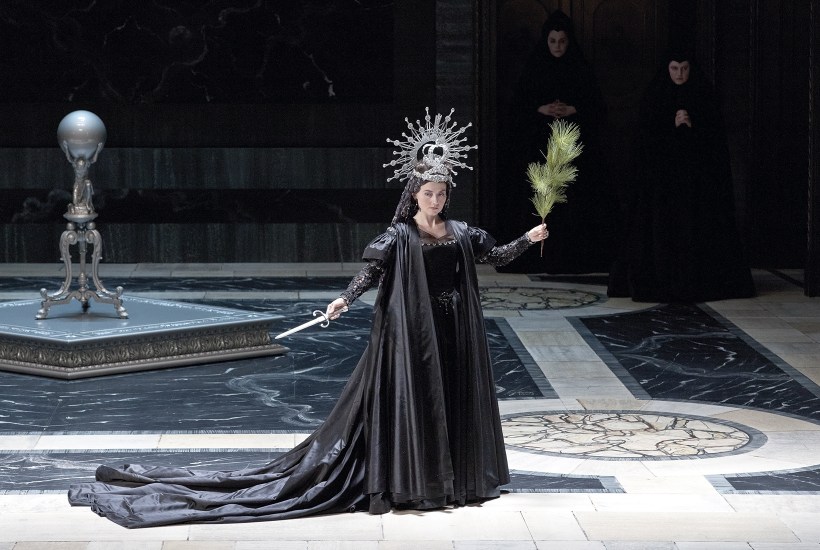
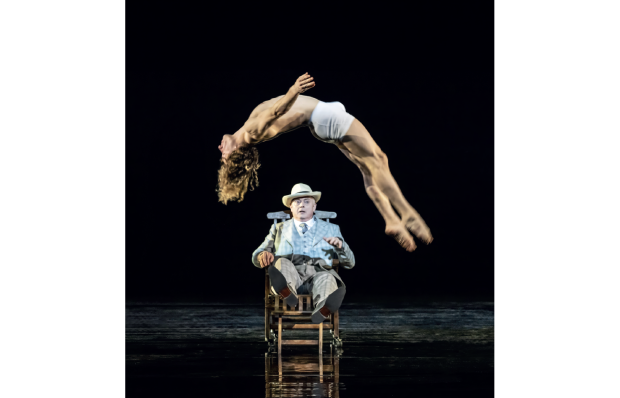
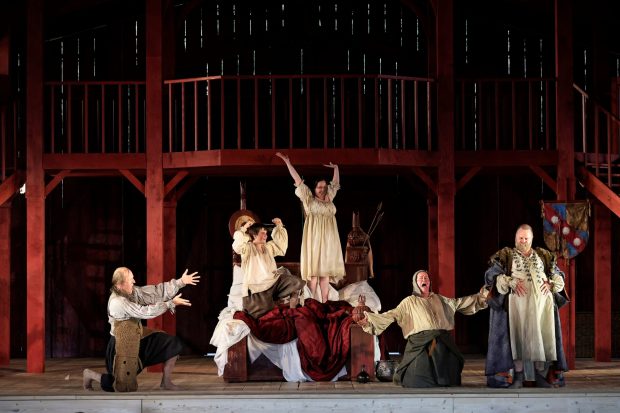
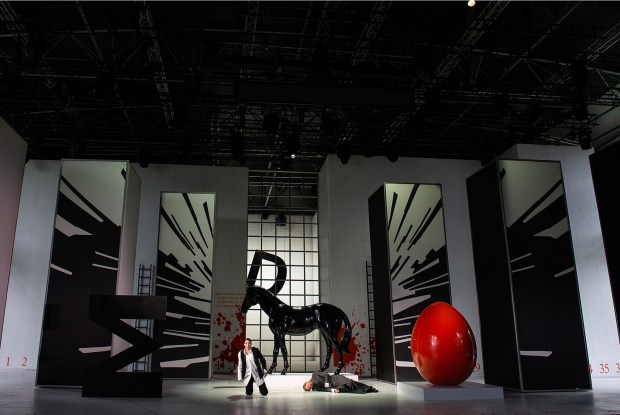
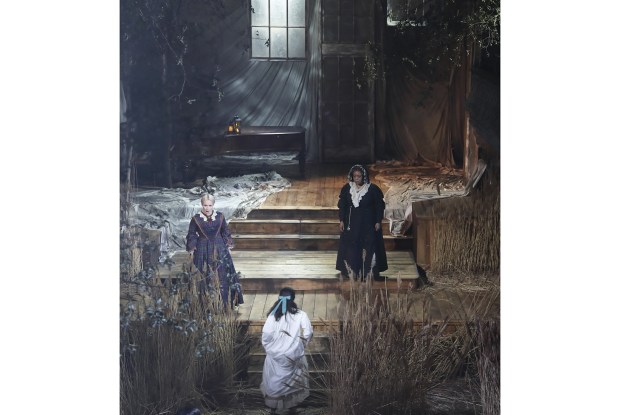
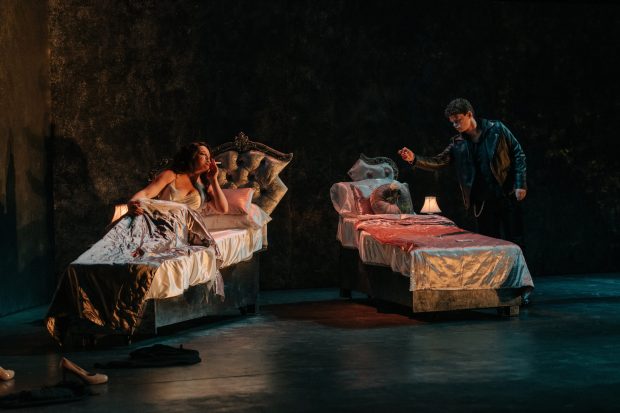
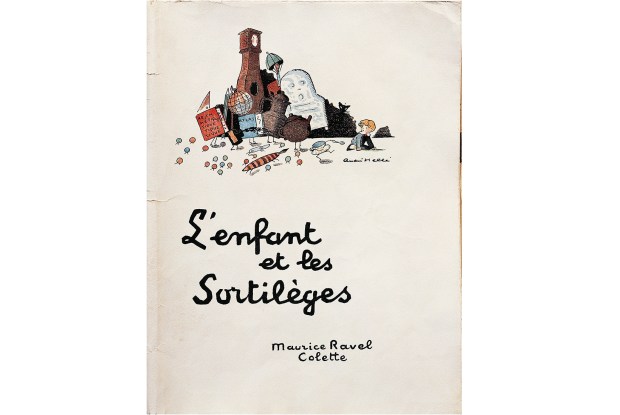






Comments
Don't miss out
Join the conversation with other Spectator Australia readers. Subscribe to leave a comment.
SUBSCRIBEAlready a subscriber? Log in